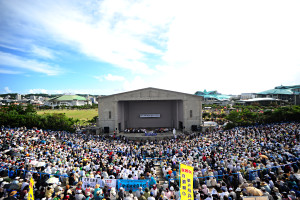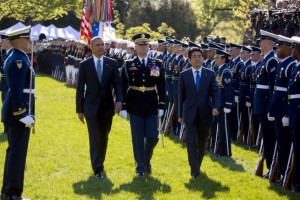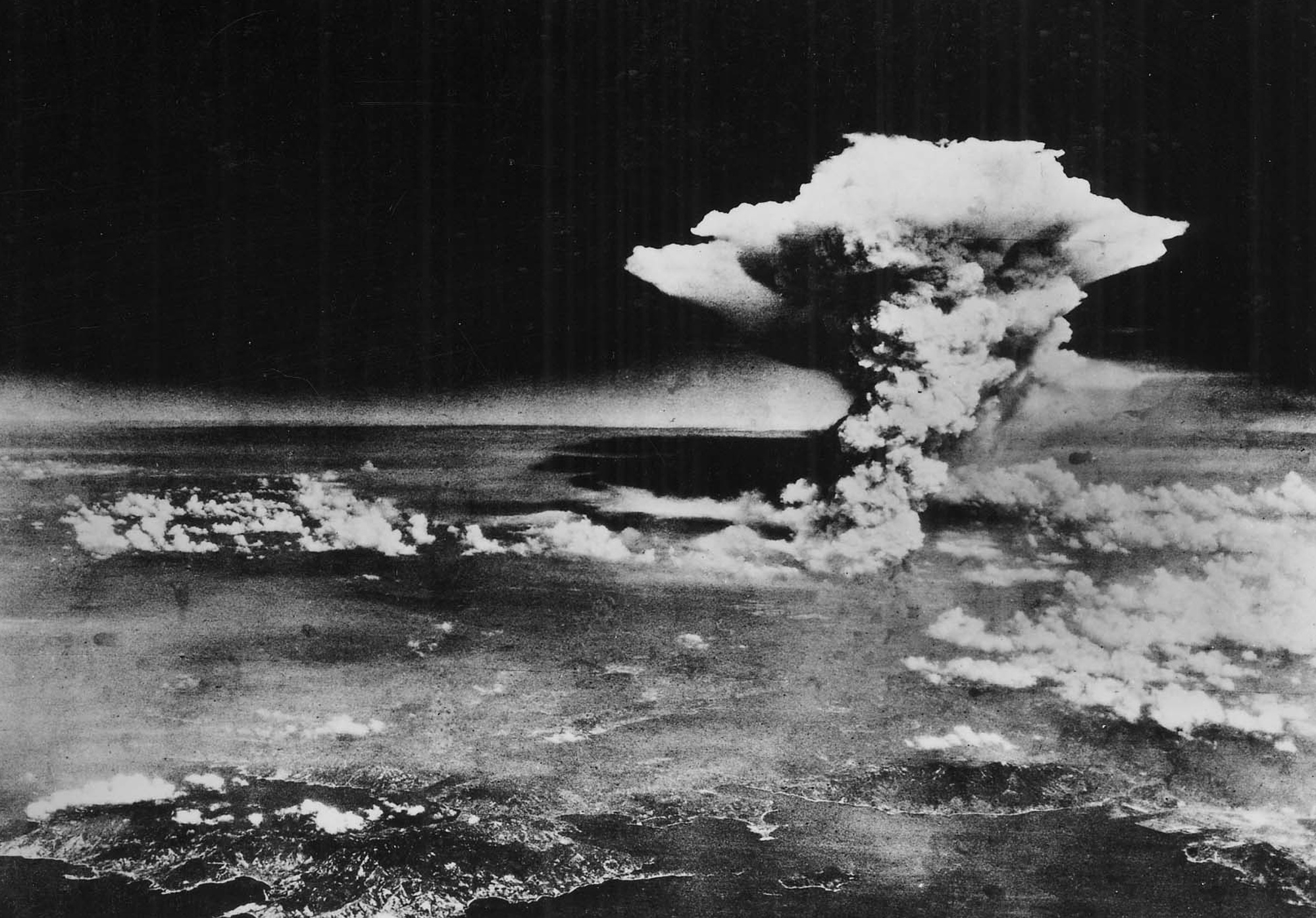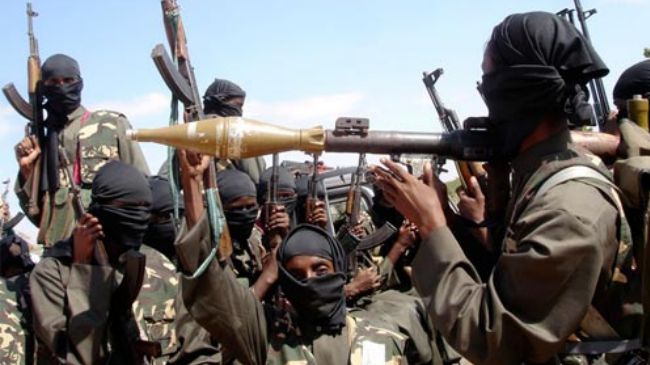Military involvement may be a logical step for Japan, but the people are still saying ‘no’. Is this merely miscommunication, or is the government pushing a minority military agenda?
Japan’s History of Pacifism
For nearly 70 years, Japan has been a pacifist country. The nation has held the unique position of wielding political power, as a close ally to world super powers and one of the world’s largest economies, all while remaining uninvolved in the military conflicts erupting throughout the world.

The constitution of Japan, came into effect after the Second World War. Article 9 of the Japanese Constitution specifically denounces military aggression as a form of conflict resolution. Under the article, Japan renounces the right to maintain ‘land, sea, and air forces, as well as any other force with war potential.
The ban on military involvement has mostly been popular, as many Japanese fear the consequences of another devastating war. However others view the constitution, drafted by the United States, as a form of victor’s justice, leaving Japan incapable of contributing to national and global security.
The interpretation of Article 9 has also evolved over time. Currently, it allows Self Defence Forces (SDF) to operate in Japan. In fact the SDF is considered one of the best equipped forces in the world. Now, the current government plans to reinterpret the constitution so as to permit collective self defence, enabling Japan to come to the aid of an ally under attack. However, the government’s ‘policy of Proactive Contribution to Peace’ is raising concerns that Japan is abandoning it pacifist ideals.
Grounds for military involvement

The move to reinterpret the constitution comes from the Liberal Democratic Party (LDP) of Japan, under the leadership of Prime Minister Shinzo Abe. The LDP has been the ruling party for the majority for the post World War II era, and has frequently proposed amending the constitution to allow for a more active military. Strong opposition within the Diet, Japan’s parliamentary system, has prohibited the possibility of an amendment which expands military power. Nevertheless, the current political-security context has pushed the government to again advocate for change.
The reinterpretation of the constitution would allow Japan to counter its greatest threat, military aggression from China, and strengthen ties with its greatest ally, the United States. The government’s vision of ‘collective self defence’ would empower Japan to come to the aid of its American allies as they operate in the conflicted South China Sea.
Abe’s government asserts that the reinterpretation is consistent with Japan’s pacifist ideologies. A Cabinet explanation on the conditions of the right to self defence state that the right will be exercised to the ‘minimum extent necessary’, and only in the presence of a ‘clear danger … to the people’s right to life, liberty and pursuit of happiness’. In spite of this declaration, public opposition to the move has been profound.
Vocal Opposition
Tens of thousands of people have participated in public demonstrations against the reinterpretation of the constitution. In addition to public protests and petitions, national polls showed the Prime Minister’s popularity dropped below 50% for the first time since his election. Nearly 65% of voters have ‘some level’ or ‘strong anxieties’ over the House of Councilors policies. The main concern is that the Prime Minister will lead the country into unnecessary conflict.

Arguably, no other country understands the devastation of modern warfare as well as Japan. As bombs fell on Hiroshima and Nagasaki, whole cities including the tens of thousands of its people were obliterated in one moment of aggression. For the people of Japan, reactivating the military could mean re-inviting the horrors of war.
Critics also argue that the method used to legalize collective self defence is equally questionable. A reinterpretation of Article 9 is a winnable political battle for the LDP, who control the lower house of the Diet, whereas amending the constitution requires a two thirds majority vote, and is impossible under current conditions.
The actions of the government have led the public to question the government’s ultimate goals. Currently, 80% of cabinet members belong to the nationalistic organisation ‘Nippon Kaigi’, a group which strongly supports a return to militarism. The move to expand military powers have sparked concern that Japan will again become embroiled in violent and destructive conflicts.
Uncertain future for the pacifist constitution
Cabinet should be wary of pushing legislation without the support of the people. Historical political actions to extend Japan’s military agenda have been met with significant opposition, notably by former Prime Minister Nobusuke Kishi, grandfather of the current Prime Minister.
Caution is the best philosophy if the Prime Minister hopes to win the public’s support on the issue. Through incremental actions the government has seen success in increasing Japan’s military role. In 2012, Japan provided its first military aid abroad since WWII, sending military engineers to Cambodia and East Timor. Japan has also recently participated in UN peacekeeping missions, sending Self Defence Forces to Cambodia, Mozambique, Golan Heights, East Timor, Sudan and Haiti. These modest steps towards a greater military influence, signal a slow distancing from post-war pacifism. Announcing a constitutional reinterpretation without public engagement may simply be too great and too sudden a step.
Even though public opposition is great, the pacifist voice of the people is largely absent from the Diet. Since the early 1990s, when the Social Democrat Party ended its practice of declaring the Self Defence Force as unconstitutional, the party lost the confidence of the anti-military movement. The party subsequently lost influence within the Diet, leaving voters feeling as though there is no longer a force to defend the Constitution.
With limited opposition, Shinzo Abe and he LDP are anticipated to remain in power for the foreseeable future. Tensions with China are building, and the United States continues to mount pressure for Japan to increase its defence capabilities. In this climate, a more militant Japan is likely on the horizon.




